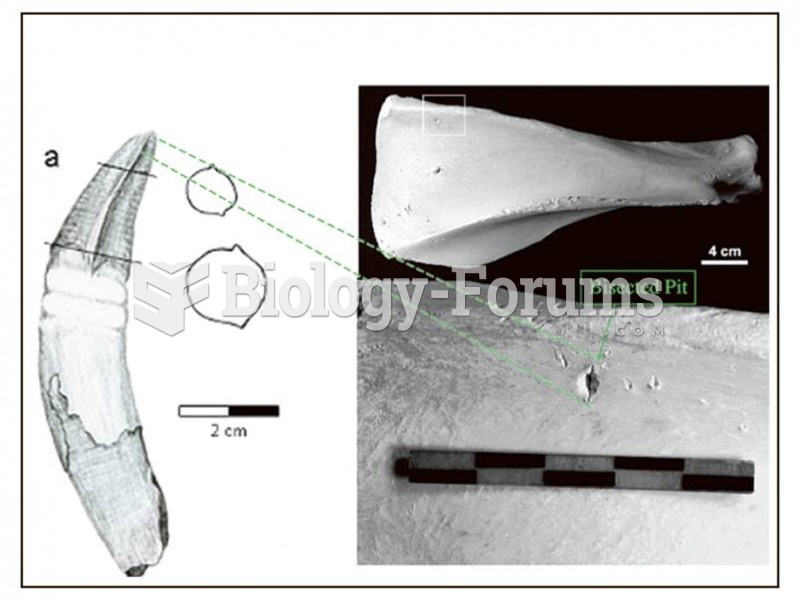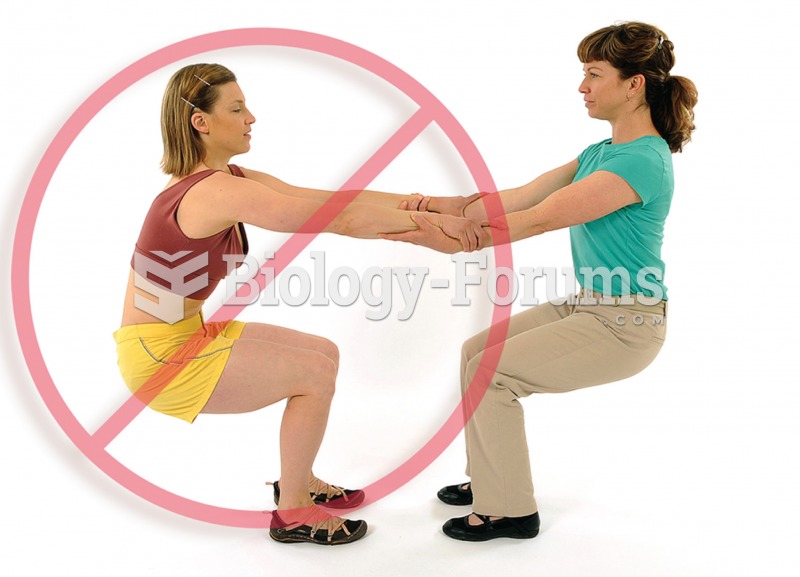Gretchen has been trying to teach Glen, a preschooler, to pull up his pants by himself after using the toilet. She has been using a shaping model. She began by reinforcing him with an animal cracker for bending over and touching his waistband. He is now doing that consistently. Next, she wants him to start pulling his pants a little bit. However, she has become very frustrated because Glen continues to simply touch his pants rather than pull a bit. What should Gretchen do?
a. Gretchen should pull up his pants for him. Glen is not ready to do this behavior ad will grow into it over time.
b. Gretchen should intermittently give Glen a reinforcer for touching his pants to make sure he doesn't get too frustrated.
c. Gretchen should reanalyze her task analysis and chunk the skills into bigger steps.
d. Gretchen should add a prompt of some sort (e.g., a verbal or physical prompt) to help make the shaping process more efficient.
Question 2
Which of the following is an example of shaping to teach an individual to sign please to get access to a toy? (A please sign consists of placing an open palm on the chest and making a circular motion.)
a. First reinforce lifting the hand, then reinforce lifting the hand to the chest, then reinforce lifting the hand to the chest and making a circular motion.
b. Provide full physical assistance to lift the hand to the chest and making a circular motion, then providing partial physical assistance to lift the hand to the chest and make a circular motion, then providing a model of lifting the hand to the chest and making a circular motion, then providing a verbal prompt to sign please.
c. Provide a verbal prompt to sign please. If the individual doesn't sign please, provide a model. If the individual doesn't sign please, provide partial physical assistance to lift the hand to the chest and make a circular motion. If the individual still doesn't sign please, provide full physical assistance to raise hand to chest and make a circular motion.
d. Provide a cue to sign please. If the individual signs please, provide reinforcement. If the individual does not sign please, withhold reinforcement.







